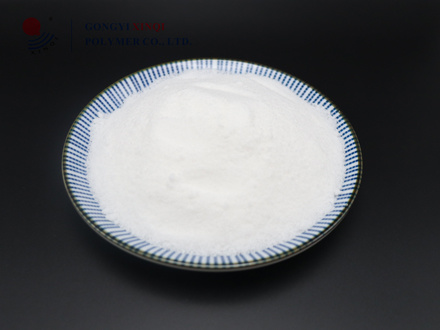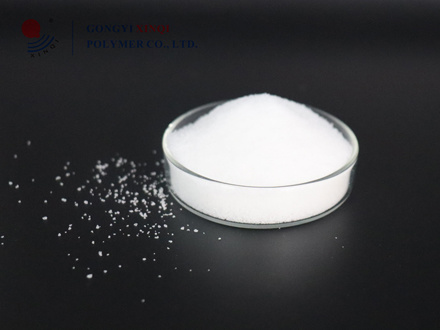Polyacrylamide (PAM) is a widely used polymer in environmental protection
Release time:
Jan 17,2024
Polyacrylamide (PAM) is a widely used polymer in environmental protection due to its various applications. In this essay, we will explore the uses of polyacrylamide in environmental protection and discuss its effectiveness.
Firstly, PAM is commonly used in wastewater treatment processes. It can effectively remove suspended solids and pollutants from industrial and municipal wastewater through flocculation and sedimentation. By adding PAM into the water, it forms large flocs that settle down faster, allowing for easier removal of impurities. This process helps to improve water quality and protect aquatic ecosystems.
Moreover, PAM plays a crucial role in soil erosion control. When applied to soil surfaces or mixed with irrigation water, it enhances soil structure by binding particles together. This reduces surface runoff and prevents erosion caused by wind or rainwater. By stabilizing the soil structure, PAM helps to maintain fertile soils for agriculture while preventing sedimentation in rivers and lakes.
Additionally, polyacrylamide has been utilized as a chemical additive in oil drilling operations. It aids in reducing friction between drill bits and rock formations during drilling processes. Furthermore, it assists in controlling fluid loss by forming a thin layer on well walls which prevents leakage into surrounding rocks or aquifers.
Furthermore, PAM has found applications in solid waste management systems such as landfill leachate treatment. Landfills produce toxic leachate that can contaminate groundwater if not properly managed. Polyacrylamide can be added to leachate collection systems to enhance coagulation-flocculation processes for efficient removal of contaminants before disposal or further treatment.
In conclusion, polyacrylamide (PAM) is an important polymer used extensively for environmental protection purposes across various industries including wastewater treatment plants, soil erosion control measures, oil drilling operations as well as solid waste management systems like landfill leachate treatment facilities.
Its ability to facilitate flocculation-sedimentation processes makes it effective at removing pollutants from water sources while its use on land helps prevent erosion.
Overall,Polyacrylamide contributes significantly towards maintaining ecological balance by protecting natural resources such as water bodies and fertile soils.


Related News
Nov 06,2025
Nov 06,2025
polyacrylamide suppliers in egypt
Sep 28,2025
polyacrylamide suppliers south africa
Sep 28,2025
polyacrylamide suppliers in india
Sep 28,2025
Polyacrylamide Supplier in Malaysia
Sep 28,2025

